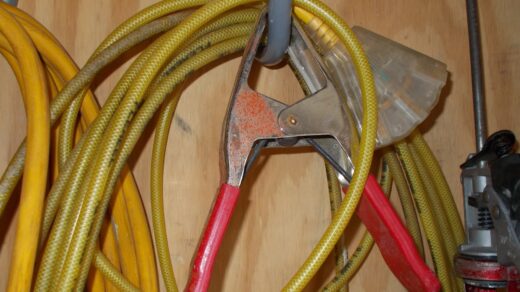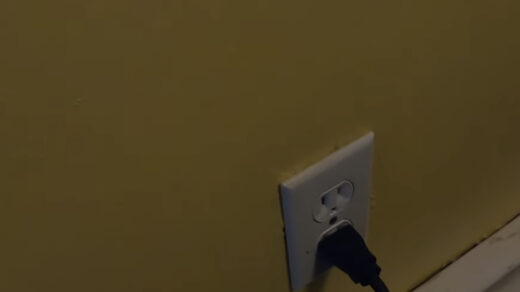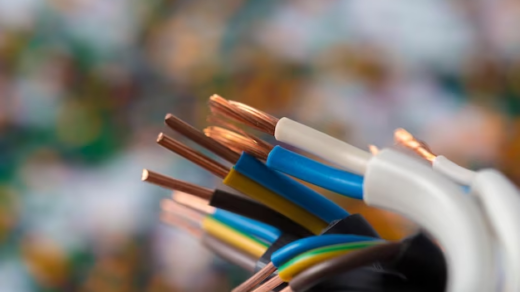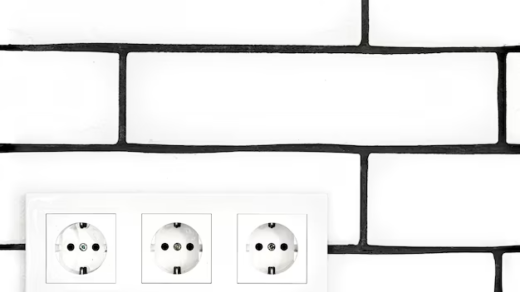Unearthing and resolving an electrical short in your home is of utmost significance, as it plays a vital role in guaranteeing safety and the efficient functioning of your electrical infrastructure. These electrical shorts can lead to increased electricity bills, damage to electronic equipment, and even the dire possibility of fires breaking out. In the following discussion, you will encounter an all-encompassing and instructive guide that will shed light on the techniques for recognizing and adeptly addressing this formidable challenge.
Demystifying Electrical Shorts: A Comprehensive Guide
Electrical shorts, commonly known as short circuits, are fascinating yet hazardous occurrences in the realm of electricity. Imagine a river, expected to follow its natural course, suddenly choosing an unintended path and causing flooding. In the electrical world, when current abandons its predefined route because of compromised wiring, it creates a short circuit. This guide aims to shed light on the intricacies of electrical shorts, diving into their causes, dangers, types, and testing methods.
Unearthing the Causes of Electrical Shorts:
Electrical shorts are triggered by a variety of factors:
- Aging Insulation: Over time, insulation can deteriorate, exposing the wires beneath;
- Bare Wires: Exposed wires, often due to wear and tear or physical damage, can touch each other or a grounded object, causing a short;
- Faulty Electrical Components: Inferior or damaged components can deviate the flow of current;
- Damaged Appliances: Equipment with internal wiring or component issues can be a source of shorts;
- Environmental Factors: Elements like moisture can infiltrate wiring systems, causing shorts. Additionally, pests such as rodents can gnaw on wires, exposing them. You have to know how to pick the right outlet placement!
The Menace of Electrical Shorts:
Short circuits aren’t just technical glitches; they come with a range of risks:
- Electrical Fires: Current seeking unintended paths can overheat wires, potentially igniting fires;
- Shocks: Exposed wires or compromised equipment can deliver harmful electric shocks to unsuspecting individuals;
- Equipment Damage: Devices connected to the circuit can malfunction or get damaged;
- Recommendation: Always be vigilant and address signs of electrical problems immediately to safeguard property and lives.
Exploring the Different Facets: Types of Electrical Shorts:
Shorts can manifest in two primary ways:
- Series Shorts: Imagine a train detouring but still reaching its destination. In series shorts, current finds an alternate path but remains within its intended route;
- Parallel Shorts: Think of multiple trains diverging from a central station. Here, electricity identifies several alternate routes, disrupting the standard flow.
Detecting and Pinpointing Electrical Shorts:
Qualified electricians possess the expertise and tools to locate and address short circuits:
- Multimeters: A quintessential tool, multimeters measure resistance across various circuit points, helping identify the short’s location;
- Visual Inspection: Sometimes, a visual assessment of exposed or damaged wires can quickly pinpoint the issue;
- Tip: For homeowners, it’s advisable to schedule regular electrical inspections to preempt potential problems. Also, you need to upgrade an electrical panel sometimes.
Identifying Electrical Shorts: Comprehensive Guide to Warning Indicators
Recognizing an electrical short in a timely manner can make the difference between a minor inconvenience and a catastrophic event. Not only does it help in averting potential hazards, but it also ensures the continuous and efficient performance of your home’s electrical network. Below, delve deep into the primary indications and what they could mean for the safety of your household:
1. The Regular Tripping of Circuit Breakers:
- Understanding Their Role: Circuit breakers are essentially the gatekeepers of your electrical system. They spring into action and cut off the power when they sense an abnormal surge in current;
- What to Note: Experiencing constant tripping? It might not just be a coincidence. An underlying electrical short could be the troublemaker;
- Recommendation: Regularly monitor the frequency of trips. If it’s recurrent, consult an electrician.
2. Persistent Blowing of Fuses:
- The Fuse’s Job: Comparable to circuit breakers, fuses serve as a safeguard by halting electricity flow during issues;
- Red Flags: If fuses are blowing out more often than they should, it’s an unmistakable sign of complications within the electrical framework;
- Tip: Always keep spare fuses at hand, but consider it a temporary solution. Investigate the root cause for long-term safety.
3. Evident Burning Odor or Smoke Emission:
- Cause for Alarm: Discovering a burning smell or observing smoke near electrical points is alarming. It’s often a consequence of overheating due to an electrical short;
- Recommendation: Act immediately. Turn off the power source and consult a professional.
4. Sparks or Audible Noises from Outlets or Switches:
- Symptoms: Crackling, arcing sounds, or visible sparks during the operation of electrical gadgets hint at a possible short circuit;
- Insight: These signs are often the most noticeable. They signal an immediate danger and require swift action;
- Recommendation: Avoid using the suspected outlet or switch until it’s examined.
5. Overheated Outlets or Switches:
- Normal vs. Abnormal: Electrical outlets and switches are designed to stay cool. A noticeable warmth suggests excessive current flow;
- Safety Tip: Regularly check outlets, especially those frequently used. If any feel unusually warm, unplug devices and seek expert advice.
6. Lights Displaying Unpredictable Behavior:
- Signs: If lights are flickering or dimming without any apparent reason, it might be due to an electrical short affecting the electricity supply;
- Further Investigation: Determine if this is a home-wide issue or confined to a particular area. It could help in pinpointing the problem source;
- Tip: Use consistent-quality bulbs and ensure secure fittings to eliminate other common causes of flickering.
7. Erratic Behavior of Appliances:
- Observation: Appliances switching off randomly or not working optimally? An electrical short might be intervening;
- Best Practice: Disconnect the malfunctioning appliance and test it in a different outlet to confirm the origin of the problem;
- Recommendation: Regular maintenance of appliances ensures they are in good working order and reduces the risk of shorts.
8. Evident Wiring Imperfections:
Survey the state of your electrical wiring closely, scrutinizing it for conspicuous indications of harm, such as tattered insulation, exposed conductors, or scorching marks, as these are unmistakable signals of potential electrical shorts.
Guidance for Addressing Electrical Short Circuits:
In the event that you harbor suspicions of an electrical short circuit, take swift action by deactivating the affected circuit at the breaker panel. This precautionary measure will forestall any further harm or potential dangers.
Undertake no endeavors to mend an electrical short on your own, unless you possess the qualifications of a certified electrician. Seek professional assistance to guarantee a safe resolution.
Maintain a vigilant eye on your electrical system, especially in older residences, regularly scanning for telltale signs of wear and tear. This proactive approach can contribute significantly to your household’s safety.
Enhance your electrical safety by contemplating the acquisition of arc-fault circuit interrupters (AFCIs) and ground fault circuit interrupters (GFCIs). These devices can fortify your electrical system’s protection.
When uncertainty shrouds the situation, it is imperative to engage the expertise of a licensed electrician. Their evaluation and remediation of any electrical shorts should consistently prioritize safety above all else.
Essential Tools for Detecting Electrical Shorts
Recognizing electrical shorts represents a fundamental competence for homeowners or dedicated DIY enthusiasts, as it plays a pivotal role in averting potential electrical dangers and safeguarding the integrity of your electrical infrastructure. To proficiently discern and rectify electrical shorts, it becomes imperative to possess a comprehensive array of indispensable tools. Below, we shall enumerate the essential tools that should be readily available:
Digital Multimeter (DMM):
- A versatile device that measures voltage, current, and resistance;
- Essential for diagnosing electrical issues and locating shorts;
- Set it to continuity mode when searching for shorts.
Non-contact Voltage Tester:
- Ensures safety by detecting live wires without direct contact;
- Ideal for confirming whether power is flowing through a circuit.
Circuit Breaker Finder or Tracer:
- Helps locate specific circuits by tracing the path of wiring;
- Makes it easier to identify the circuit responsible for a tripped breaker.
Flashlight:
- Provides adequate illumination in dark and hard-to-reach areas;
- Enables thorough visual inspections of outlets and switches.
Insulated Pliers:
- Essential for safely handling wires and making electrical connections;
- Reduces the risk of electric shock during troubleshooting.
Rubber Gloves:
- Adds an extra layer of protection against electrical shock;
- Especially important when working with live circuits.
Having these tools readily available ensures you’re well-prepared to tackle electrical short detection with confidence. Now, let’s explore the step-by-step process to find and resolve electrical shorts.
Comprehensive Step-by-Step Guide to Locating Electrical Shorts
1. Switch Off the Power:
Safety should always be the top priority. Turn off the main power supply at the circuit breaker to ensure no electricity flows through the circuits you’ll be inspecting.
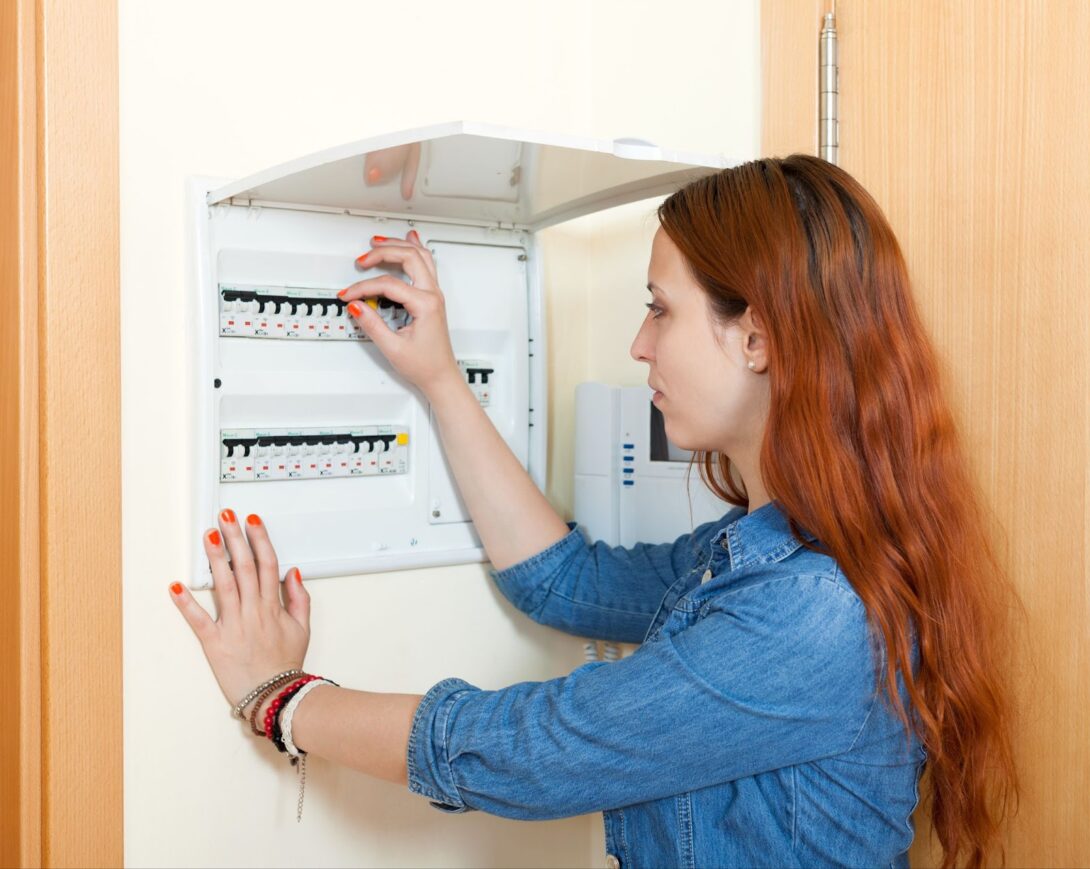
2. Identify the Problematic Circuit:
Determine which circuit is causing the breaker to trip. If your circuits aren’t labeled, it’s a good time to consider labeling them for future convenience.
3. Inspect Outlets and Switches:
Armed with a flashlight, carefully examine all outlets and switches on the problematic circuit.
Look for visible damage, discoloration, or burnt marks around these components.
Pay attention to any unusual smells or signs of overheating.
4. Test with a Digital Multimeter (DMM):
Configure your Digital Multimeter (DMM) to either the continuity or resistance mode, depending on your specific testing needs.
To ensure safety and accurate testing, disconnect all devices from their respective power outlets, effectively isolating them from the electrical circuit.
Conduct your assessment by delicately positioning one probe of the DMM onto the hot terminal of the outlet while connecting the other probe to either the neutral or ground terminal.
Keep a keen eye on the DMM display; if it registers a reading of zero, it signifies the presence of a short circuit within the electrical system.
5. Use a Non-contact Voltage Tester:
Even with the power off, you should verify the absence of live wires. Use a non-contact voltage tester to confirm that the circuit is de-energized.
6. Check the Appliances:
Sometimes, the source of the short may be within an appliance rather than the house wiring.
Unplug devices and test their plugs using the DMM to identify any internal faults.
7. Isolate and Repair:
Once you’ve pinpointed the source of the short circuit, take appropriate action:
- If it’s a faulty outlet or switch, replace it with a new one;
- If it’s a damaged section of wiring, cut out the damaged portion and install a junction box;
- If the short is within an appliance, consult a professional technician for repair or replacement.
Comprehensive Guide to Electrical Safety Precautions
Engaging in electrical tasks, no matter how seemingly insignificant, carries inherent dangers. Employing rigorous safety protocols serves as a paramount defense against accidents, fostering a secure working environment. Below, we present a comprehensive guide on ensuring safety:
- Power Disconnection: Prior to commencing any electrical endeavor, it is imperative to disconnect the power source. This foundational precautionary measure is pivotal in averting inadvertent electrocutions;
- Insulated Tools Selection: Opting for tools equipped with insulated handles confers an additional layer of protection. These specialized implements are expressly crafted to diminish the likelihood of electrical shocks;
- A noteworthy recommendation: Routinely scrutinize these tools for signs of wear and tear. Even minor damage can compromise their insulative properties;
- Donning Rubber Gloves: Rubber gloves serve as effective insulators, furnishing an additional barrier against electrical currents. Their usage substantially mitigates the risk of electrical-related injuries.
- A useful tip: Ensure that the gloves are devoid of any perforations or tears and are thoroughly dry before employment;
- Upholding a Dry Workspace: Water functions as a conductor of electricity. It is imperative to consistently maintain a workspace devoid of moisture or standing water to preclude unintended electrical pathways;
- Valuable insight: In instances of prior flooding or leaks, it is prudent to arrange for a thorough inspection of the area before embarking on any electrical tasks;
- Avoiding Exposed Wires: Exposed wires possess the potential to transmit electric current. Exercise caution by refraining from direct contact, particularly with bare hands;
- Handy tip: When working in proximity to such wires, employ tools or equipment featuring non-conductive handles to ensure safety.
Deciding When to Enlist the Help of a Professional Electrician
While many minor electrical tasks can be managed with basic knowledge and tools, there are situations where expertise is essential. Here’s when it might be best to call in the experts:
- Identifying the Issue: If the source of an electrical short or malfunction remains elusive, it’s best left to professionals who have the tools and knowledge to pinpoint the proble;
- Gaps in Knowledge or Equipment: Not having the right tools or adequate knowledge can make the task both challenging and dangerous;
- Recommendation: Investing in a professional service often proves more cost-effective in the long run, preventing potential damages or rework;
- Complex Electrical Issues: Some issues might appear straightforward but are rooted in broader electrical problems. If the problem seems extensive or multifaceted, a professional touch is advisable;
- Insight: Regular electrical inspections can preempt many issues, offering peace of mind and long-term savings;
- Safety First: Always place safety above everything else. If there’s even a sliver of doubt about handling an electrical issue, it’s always better to consult with a professional electrician. Their experience and expertise ensure not only a job well done but also the safety and integrity of the entire electrical system.
Conclusion
Identifying and rectifying an electrical short is crucial for safeguarding your residence and the well-being of those within. Although homeowners can manage minor concerns, recognizing the appropriate time to enlist expert assistance is of utmost importance. Conduct routine examinations of your electrical infrastructure, and respond promptly if any irregularities are detected.
Bear in mind that taking proactive measures is consistently superior to addressing problems after they’ve arisen. Consistent upkeep can avert numerous electrical complications, thus securing both the durability and security of your household’s electrical grid.

